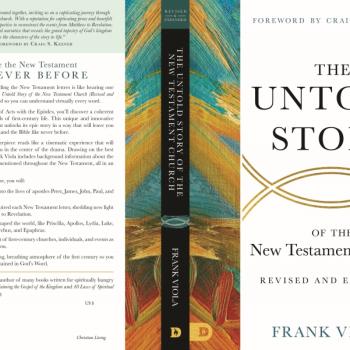Graham's choice of words to assess the influence of the Mormons as she looked back on her life, just five years prior to her death, is significant. Her words reveal her inclination to recall events at a later time in the terminology and imagery that, as we have seen, were prevalent at the time in which such events took place. Literature, and especially motion pictures, have proven, in the historical backward glance, to be valuable time capsules of period expression, a virtual barometer of the social temper.
"The very nature of film as a supremely popular art guarantees that it is the carrier of deep if enigmatic truth," wrote historian Arthur M. Schlesinger Jr. about the evidentiary power of film to document the culture that produced it. Taken in isolation, Trapped by the Mormons might seem a pernicious anomaly, given to the hyperbole and sensationalism often associated with the cinema. However, when combined with the pervasive images fostered by the popular literature of the day, not to mention its source novel, Trapped by the Mormons is an astonishingly revealing cultural expression of an era as well as a movement.
Stoker wrote an immensely popular book about a stranger who comes from a distant land to modern London, possessing unusual mesmeric powers, with a sinister plot to enslave his victims (primarily women) to an everlasting life that is in fact a death. Graham's novel concerns another stranger, a Mormon, who comes from an equally puzzling land with beliefs foreign to the dominant English culture, whose plot is no less sinister than the king of the vampires, and whose female victims are likewise enslaved by the Mormon's hypnotic powers.
James V. D'Arc is Curator of Arts and Communications Archive, the BYU Film Music Archive, and the BYU Motion Picture Archive in the L. Tom Perry Special Collections at Brigham Young University's Harold B. Lee Library. Dr. D'Arc also teaches in the American Studies program at BYU.




